Mouse TNF-a ELISA Kit
$299.00 – $419.00
ELISA Kit Detail Information
| Related Target | |
|---|---|
| Species | mouse |
| Sample Type | Serum, plasma, cell culture supernatant, and other biological samples |
| Sample Volume | 20 μL |
| Sensitivity | 0.99 pg/mL |
| Array Range | 10.938 - 700 pg/mL |
| Assay Time | 3.5 h |
| Recovery | 81% - 119% |
| Average Recovery | 101% |
| Intra Precision | 3.1% - 4.5% |
| Inter Precision | 3.8% - 5.1% |
| Plate | Detachable 96-well plate |
| Storage | If the reagent kit is unopened, it should be stored at 4℃. However, if it has been opened, the standard solution should be stored at -20℃, while the other components should be stored at 4℃. |
| Delivery | 4℃ blue ice transportation |
| Components | TNF-α Microplate TNF-α Standard TNF-α Detect Antibody Standard Diluent Streptavidin-HRP Assay Buffer Substrate Stop Solution Washing Buffer Plate Covers |
| Assay Principle | This kit utilizes the double antibody sandwich enzyme-linked immunosorbent assay (ELISA) detection technique.Specific anti-mouse TNF-α antibodies are precoated on a high-affinity ELISA plate. Standard samples, test samples, and biotinylated detection antibodies are added to the wells of the ELISA plate. After incubation, TNF-α present in the samples binds to the solid-phase antibodies and the detection antibodies. After washing to remove unbound substances, streptavidin-HRP labeled with horseradish peroxidase is added. After washing, a colorimetric substrate, TMB, is added and the plate is incubated in the dark for color development. The intensity of the color reaction is directly proportional to the concentration of TNF-α in the samples.A stop solution is added to terminate the reaction, and the absorbance value is measured at a wavelength of 450 nm (with a reference wavelength range of 570-630 nm). |
Related Targets
TNF
TNF Target Infomation Overview
- Target Symbol: TNF, tumor necrosis factor
- Gene Groups: Tumor necrosis factor superfamily
- Alias: TNFSF2; DIF; TNF-alpha
- Previous Names: TNFA
- Alias Names: TNF superfamily, member 2; tumor necrosis factor (TNF superfamily, member 2)
TNF, tumor necrosis factor Target Infomation by Species
- Human
- Mouse
- Rat
Human TNF Target Information
- Target Symbol: TNF, tumor necrosis factor
- Alias:
- APC1 protein
- cachectin
- DIF
- TNF superfamily, member 2
- TNF-a
- TNF-alpha
- TNF, macrophage-derived
- TNF, monocyte-derived
- TNFA
- TNFSF2
- TNLG1F
- tumor necrosis factor alpha
- tumor necrosis factor ligand 1F
- tumor necrosis factor ligand superfamily member 2
- tumor necrosis factor-alpha
- NCBI_Gene: 7124
- UniProtKB: P01375
Human TNF Predicted Functions
Enables several functions, including identical protein binding activity; protease binding activity; and signaling receptor binding activity. Involved in several processes, including negative regulation of macromolecule metabolic process; positive regulation of macromolecule metabolic process; and regulation of apoptotic process. Acts upstream of or within several processes, including regulation of cellular protein metabolic process; regulation of gene expression; and regulation of signal transduction. Located in cell surface; extracellular space; and membrane raft. Is integral component of plasma membrane. Implicated in several diseases, including artery disease (multiple); autoimmune disease (multiple); eye disease (multiple); lung disease (multiple); and skin disease (multiple). Biomarker of several diseases, including anemia (multiple); autoimmune disease (multiple); eye disease (multiple); kidney disease (multiple); and lung disease (multiple).
Mouse Tnf Target Information
- Target Symbol: Tnf, tumor necrosis factor
- Alias:
- DIF
- TNF alpha
- TNF-alpha
- Tnfa
- TNFalpha
- Tnfsf1a
- tumor necrosis factor-alpha
- tumor necrosis factor, alpha
- NCBI_Gene: 21926
Mouse Tnf Predicted Functions
Enables cytokine activity; protease binding activity; and tumor necrosis factor receptor binding activity. Involved in several processes, including endothelial cell apoptotic process; positive regulation of cell communication; and positive regulation of macromolecule metabolic process. Acts upstream of or within several processes, including apoptotic signaling pathway; positive regulation of intracellular signal transduction; and regulation of gene expression. Located in several cellular components, including external side of plasma membrane; phagocytic cup; and recycling endosome. Is expressed in several structures, including alimentary system; brain; integumental system; lung; and reproductive system. Used to study several diseases, including autoimmune disease (multiple); congestive heart failure; heart valve disease (multiple); idiopathic pulmonary fibrosis; and spondyloarthropathy. Human ortholog(s) of this gene implicated in several diseases, including artery disease (multiple); autoimmune disease (multiple); eye disease (multiple); lung disease (multiple); and skin disease (multiple). Orthologous to human TNF (tumor necrosis factor).
Rat Tnf Target Information
- Target Symbol: Tnf, tumor necrosis factor
- Alias:
- cachectin
- LOC103694380
- MGC124630
- RATTNF
- TNF-a
- TNF-alpha
- Tnfa
- tumor necrosis factor (TNF superfamily, member 2)
- tumor necrosis factor alpha
- tumor necrosis factor ligand superfamily member 2
- tumor necrosis factor superfamily member 2
- tumor necrosis factor superfamily, member 2
- tumor necrosis factor-alpha
- tumor necrosis factor-like
- NCBI_Gene: 24835
- UniProtKB: P16599
Rat Tnf Predicted Functions
Enables tumor necrosis factor receptor binding activity. Involved in several processes, including positive regulation of cell communication; positive regulation of macromolecule metabolic process; and positive regulation of neuron death. Located in several cellular components, including external side of plasma membrane; extracellular space; and neuronal cell body. Used to study several diseases, including cerebrovascular disease (multiple); liver disease (multiple); peptic esophagitis; perinatal necrotizing enterocolitis; and periventricular leukomalacia. Biomarker of several diseases, including brain disease (multiple); congestive heart failure (multiple); inflammatory bowel disease (multiple); lung disease (multiple); and non-alcoholic fatty liver disease (multiple). Human ortholog(s) of this gene implicated in several diseases, including artery disease (multiple); autoimmune disease (multiple); eye disease (multiple); lung disease (multiple); and skin disease (multiple). Orthologous to human TNF (tumor necrosis factor).

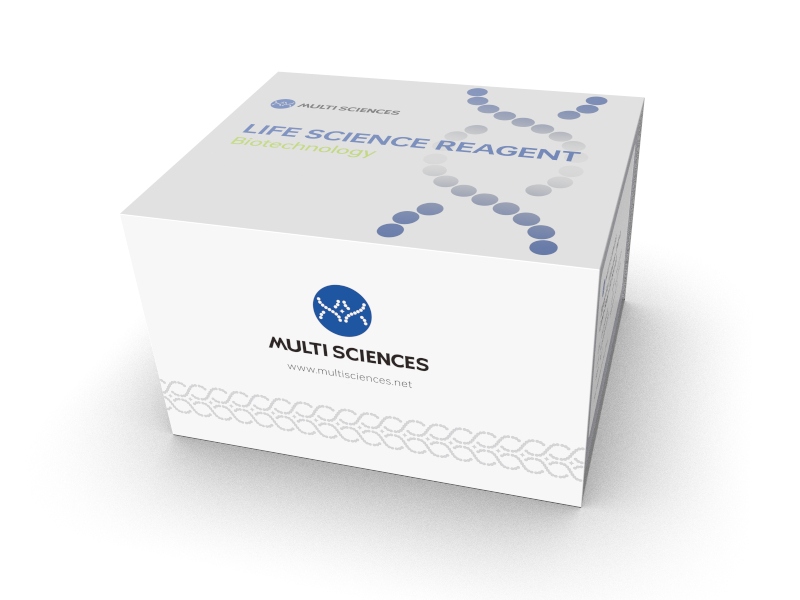

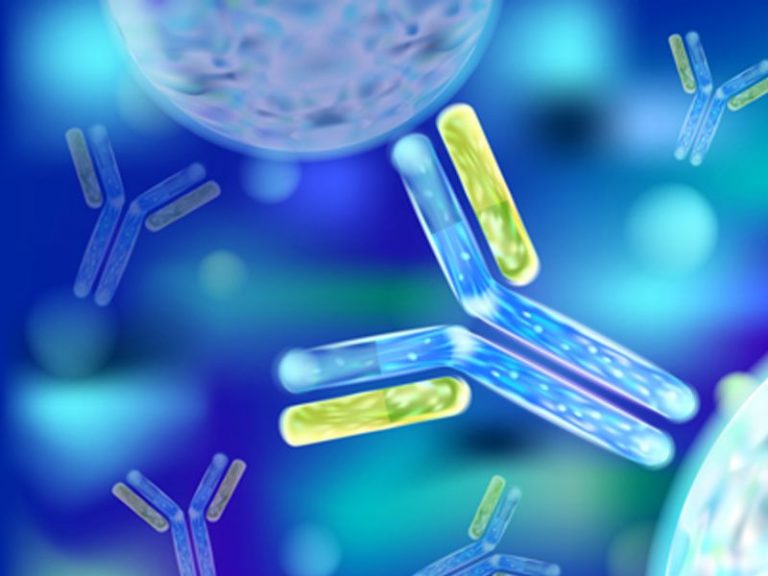
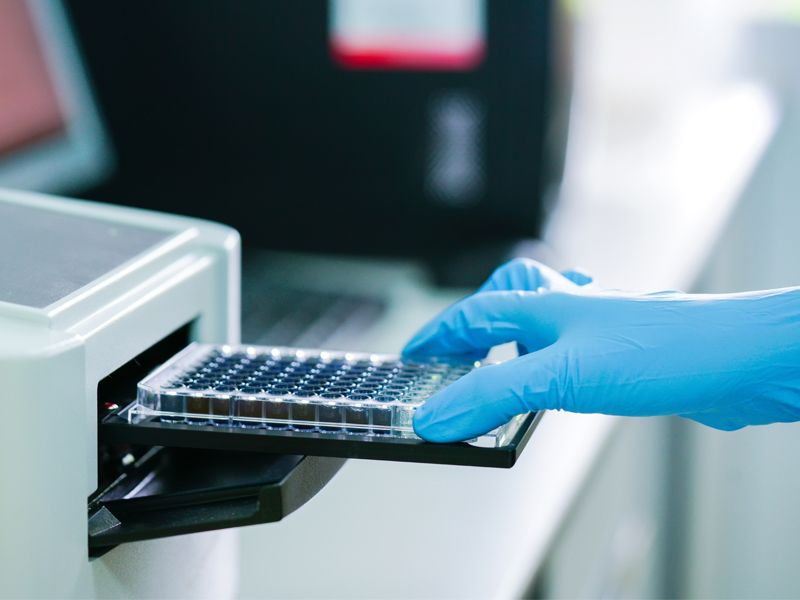
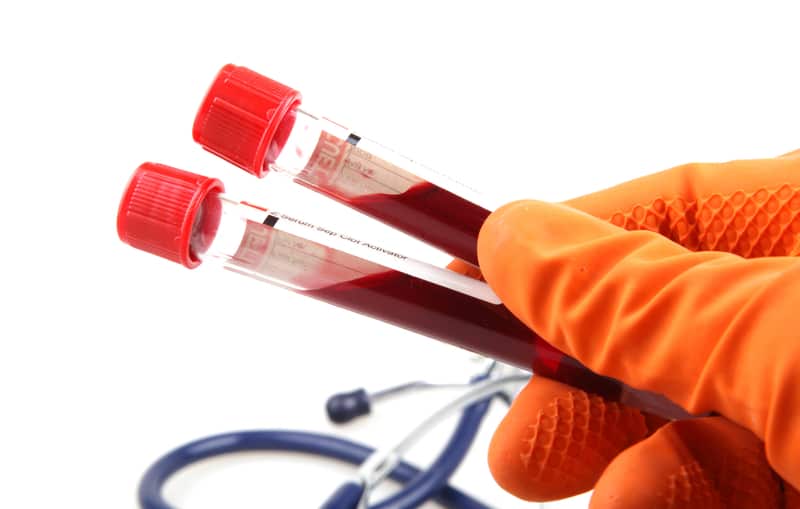
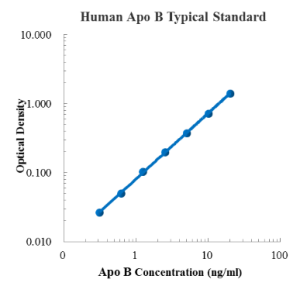
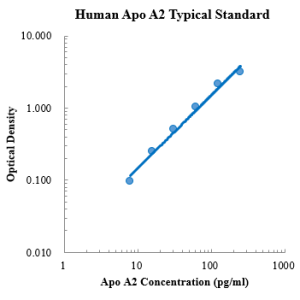
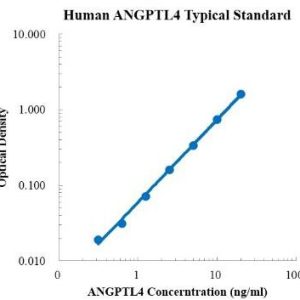
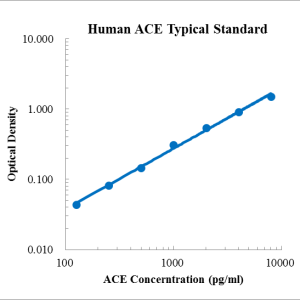
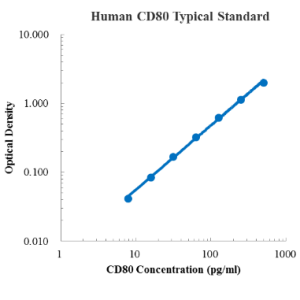
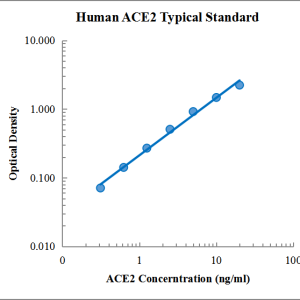
Reviews
There are no reviews yet.